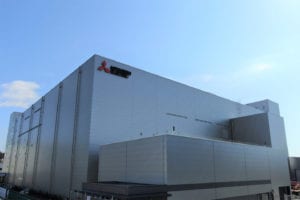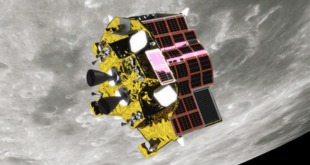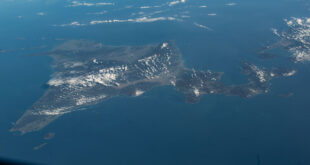
Mitsubishi Electric Corporation announced on 18 February 2020 that it has completed construction of a new facility for the production of satellites at the company’s Kamakura Works in Kamakura, Japan. Together with existing facilities, Mitsubishi Electric’s combined annual capacity will increase to 18 satellites, up from 10 at present, which will enable the company to satisfy the growing demand for governmental satellites in Japan and commercial communication satellites worldwide.
The new facility will increase production efficiency, shorten production time, reduce costs and elevate product quality for enhanced competitiveness. It will incorporate information technologies based on Mitsubishi Electric’s e-F@ctory solutions, which extract hidden benefits from existing resources through integrated automation to realize improved efficiencies, reduced costs and increased productivity. In addition, the new facility will incorporate Mitsubishi Electric products, such as a heat pump air-conditioning system, LED lights and high-efficiency transformers to further reduce energy consumption.
The Japanese market for governmental satellites is expected to grow under the country’s Basic Plan for Space Policy, which calls for the development of observation, communication and positioning satellites that support daily life and facilitate the commercial use of space for the enhancement of Japan’s industrial and scientific foundations. Last year, the Japan Aerospace Exploration Agency (JAXA) announced its participation in the US government’s Gateway project targeting a manned station near the moon, which is expected to stimulate increased demand for governmental satellites. Separately, the global market for small communication and observation satellites also is envisioned growing.
Mitsubishi Electric’s long involvement with satellites includes the Himawari-7, -8 and -9 weather satellites, the Superbird-C2-Japan’s first commercial communications satellite, QZS high-accuracy positioning satellite systems, and the Es’hail-2 for Qatar Satellite Company in Qatar. Going forward, Mitsubishi Electric aims to more widely apply technologies it cultivates for governmental satellites to enhance its position in expanding fields, such as next-generation-engineering test satellites.





